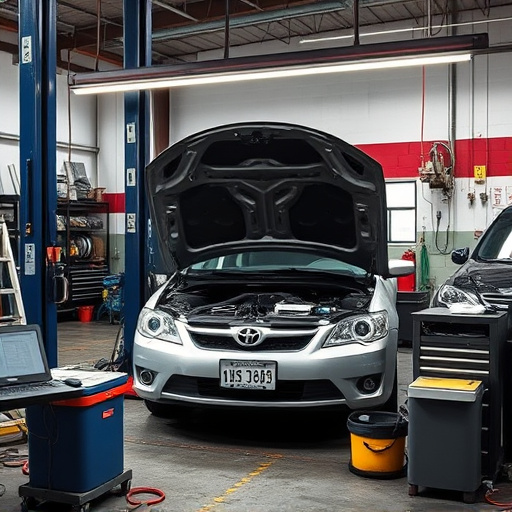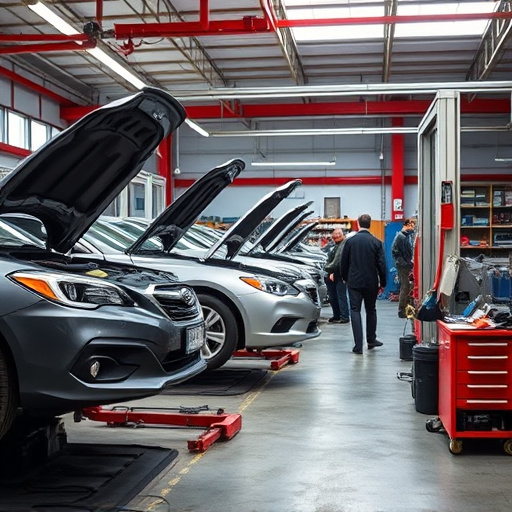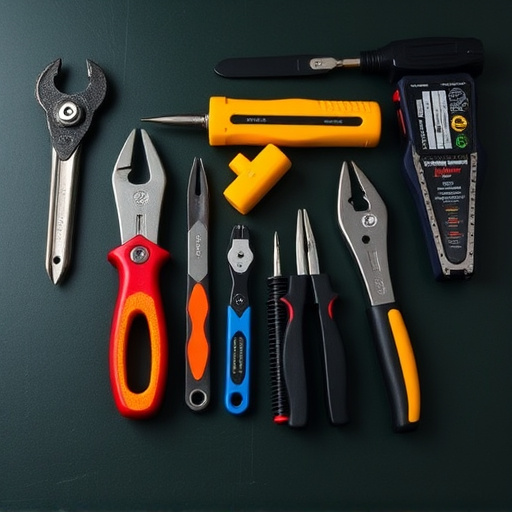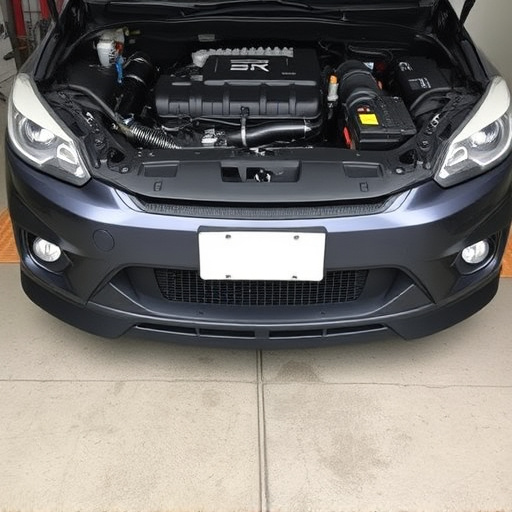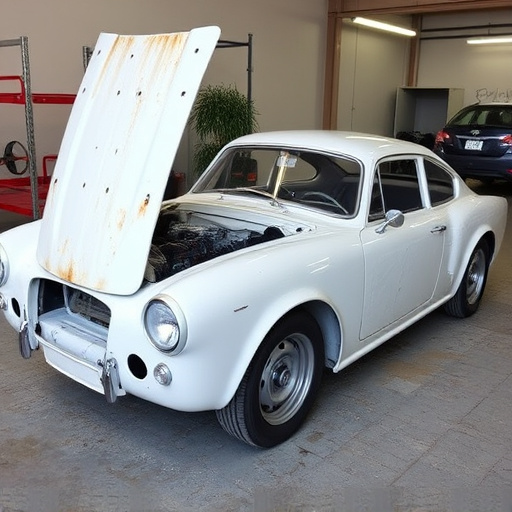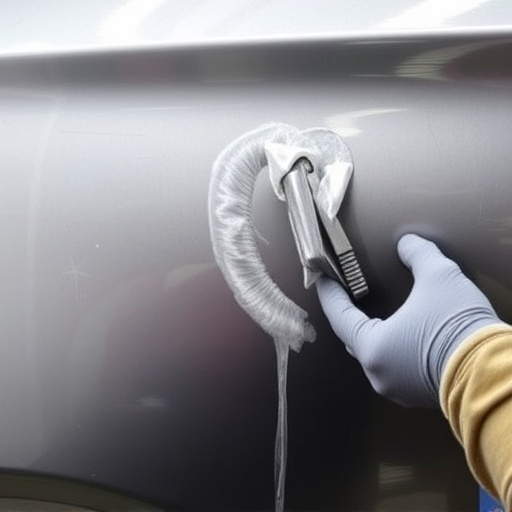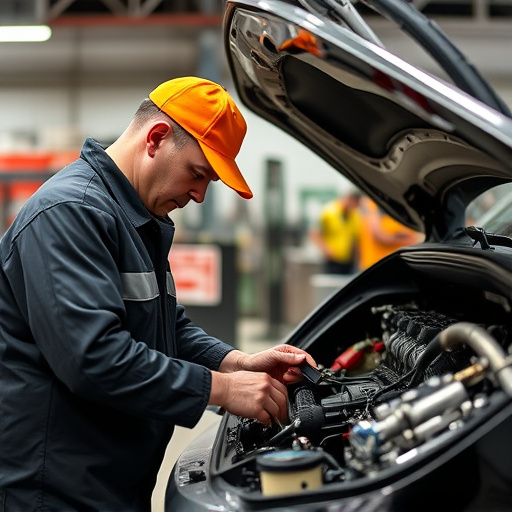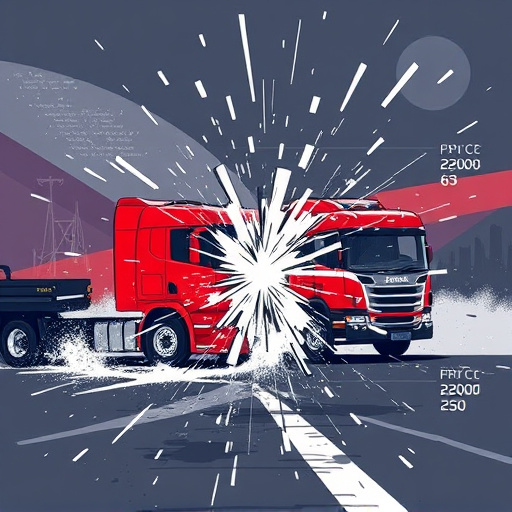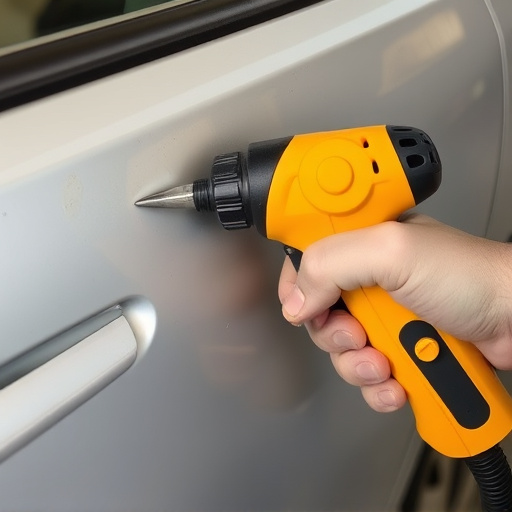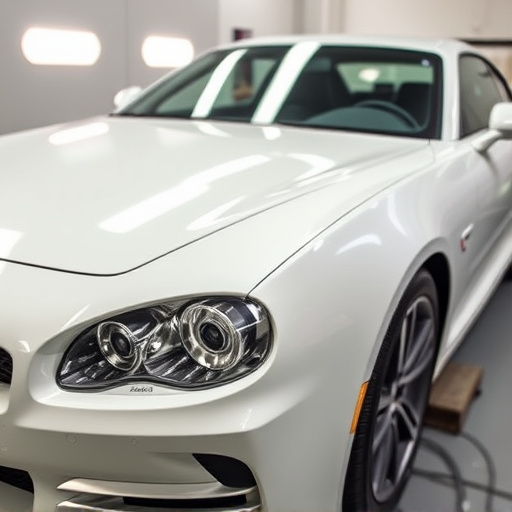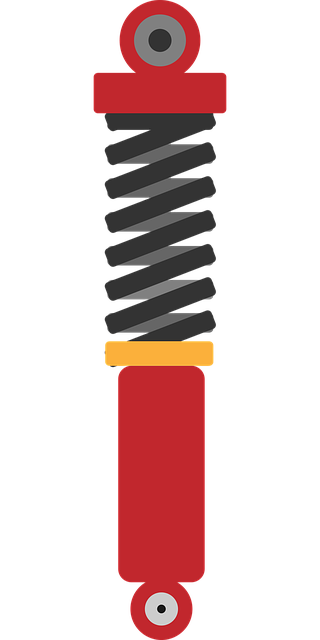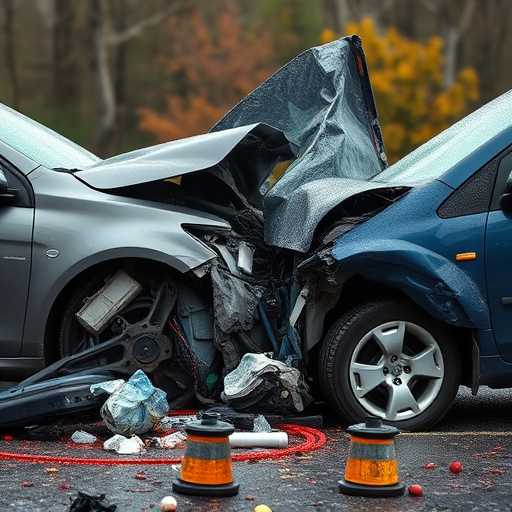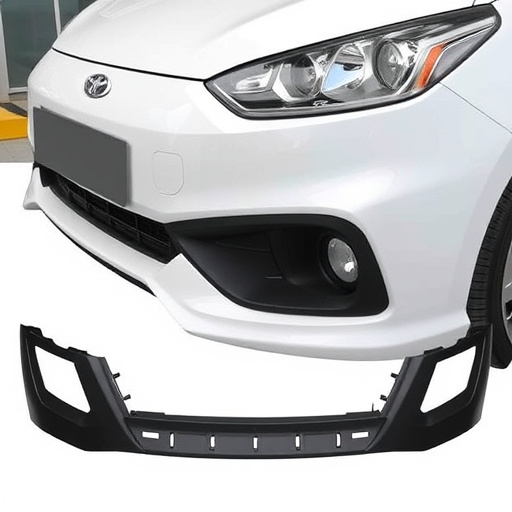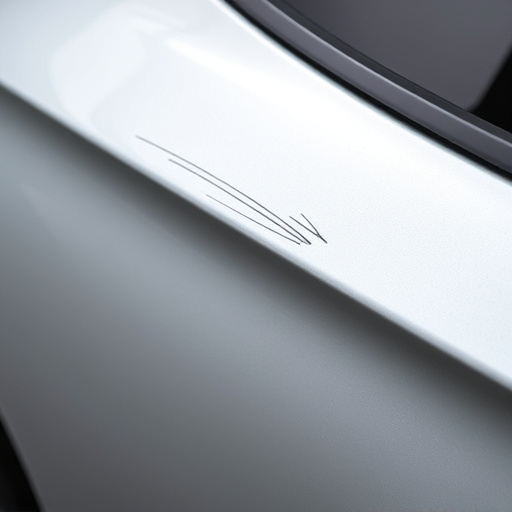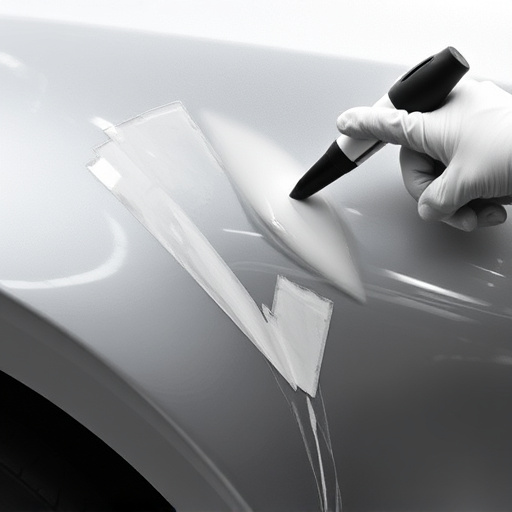A comprehensive damage assessment is crucial for efficient snow-related crash repair. This involves inspecting exterior panels and safety systems, creating a detailed report, following safety protocols, and assessing structural integrity. Skilled technicians then perform meticulous restoration using advanced tools and industry standards to ensure vehicles are safely and visually restored post-crash.
In the aftermath of a snow-related crash, a thorough inspection is crucial for safe and effective vehicle restoration. This article delves into the critical steps involved in snow-related crash repair inspections, focusing on assessing damage from snow collisions, adhering to safety protocols, and restoration processes. Understanding these key components ensures vehicles are restored to their pre-accident condition, prioritizing safety and minimizing repairs.
- Assessing Vehicle Damage from Snow Collisions
- Safety Protocols for Inspecting Winter Accidents
- Restoring Vehicles Post-Snow-Related Crash Inspection
Assessing Vehicle Damage from Snow Collisions
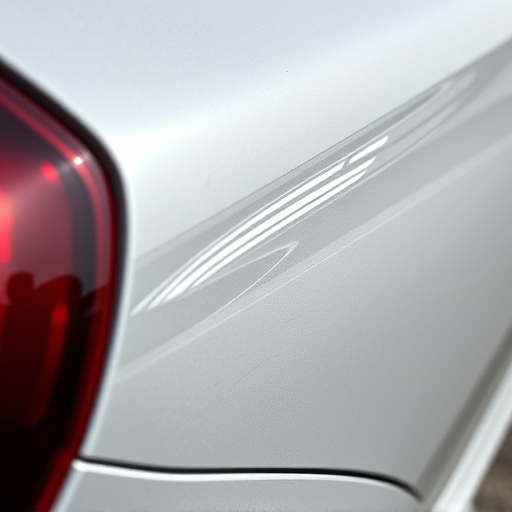
When a vehicle is involved in a snow-related crash, assessing the damage is crucial for effective snow-crash repair. The first step involves a thorough inspection to identify both visible and hidden impacts. Technicians look for dents, scratches, and cracks on the exterior panels, including the fenders, doors, and hood. These initial observations help determine the extent of structural damage, which may require specialized automotive repair services.
Beyond external aesthetics, the safety systems and components inside the vehicle also need attention. Airbags, sensors, and various control modules must be checked for functionality and potential damage from the collision. After assessing these aspects, a detailed report is generated to guide the subsequent vehicle restoration process, ensuring that every part of the car is safely restored to its pre-crash condition.
Safety Protocols for Inspecting Winter Accidents
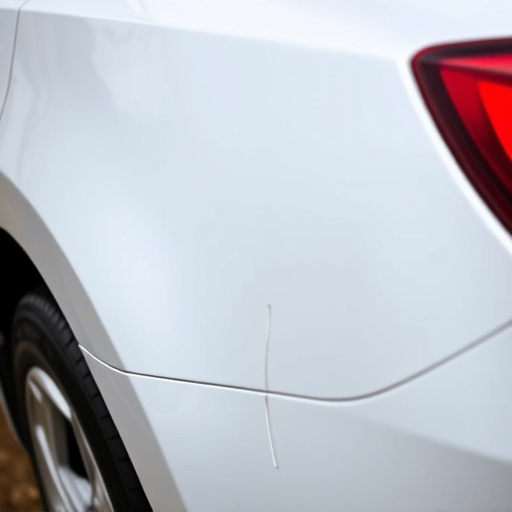
When conducting a snow-related crash repair inspection, safety is paramount. Before beginning any assessment, ensure that all necessary safety protocols are followed to prevent further accidents or injuries. This includes wearing appropriate personal protective equipment (PPE), such as gloves and eye protection, to safeguard against potential hazards like broken glass, sharp metal edges, and exposed car parts. The inspection area should be thoroughly cleared of obstructions and secured to allow for safe movement and access to all vehicle components.
Moreover, given the often adverse weather conditions during winter accidents, it’s crucial to maintain a steady, well-lit workspace. This enables clear visibility of damage, facilitating accurate assessments. Remember that safety isn’t just about protecting yourself; it’s also about ensuring the integrity of the car’s structure and preventing further complications. While focusing on critical aspects like structural damage, tire conditions, and brake performance, don’t overlook cosmetic issues such as scratch repair or car dent removal, which are equally important for a complete snow-related crash repair. Consider these secondary repairs as part of comprehensive car paint services to restore the vehicle’s pre-accident condition.
Restoring Vehicles Post-Snow-Related Crash Inspection
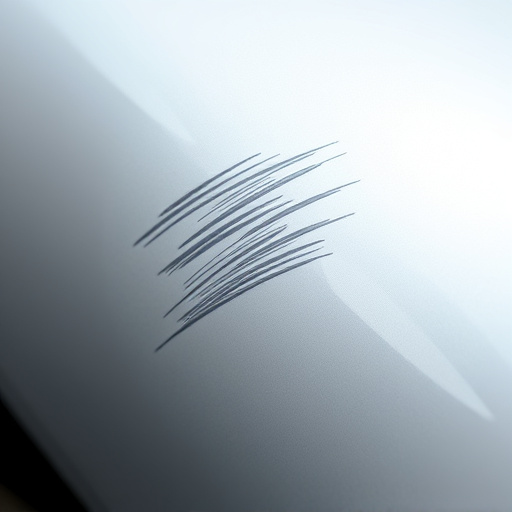
After a thorough snow-related crash repair inspection, the real work begins—restoring vehicles to their pre-accident condition. The process involves several meticulous steps, including assessing and replacing damaged parts, ensuring proper alignment, and meticulous paintwork to match the vehicle’s original finish. Skilled technicians employ advanced equipment and techniques, such as computer-aided design (CAD) systems, to accurately measure and repair components like body panels, frames, and suspension systems.
In cases of more severe snow-related accidents, complete vehicle collision repair might be required. This includes specialized services tailored for specific makes and models, such as Mercedes-Benz collision repair. Reputable repair facilities adhere to strict industry standards and guidelines, guaranteeing that restored vehicles not only look good but also drive safely on the road again.
A comprehensive snow-related crash repair inspection is vital for ensuring vehicle safety and effective restoration. By understanding the damage, adhering to safety protocols, and implementing proper restoration techniques, professionals can navigate the complexities of winter accidents. This process not only protects occupants but also restores vehicles to their pre-collision condition, making it an indispensable step in the snow-related crash repair journey.
